


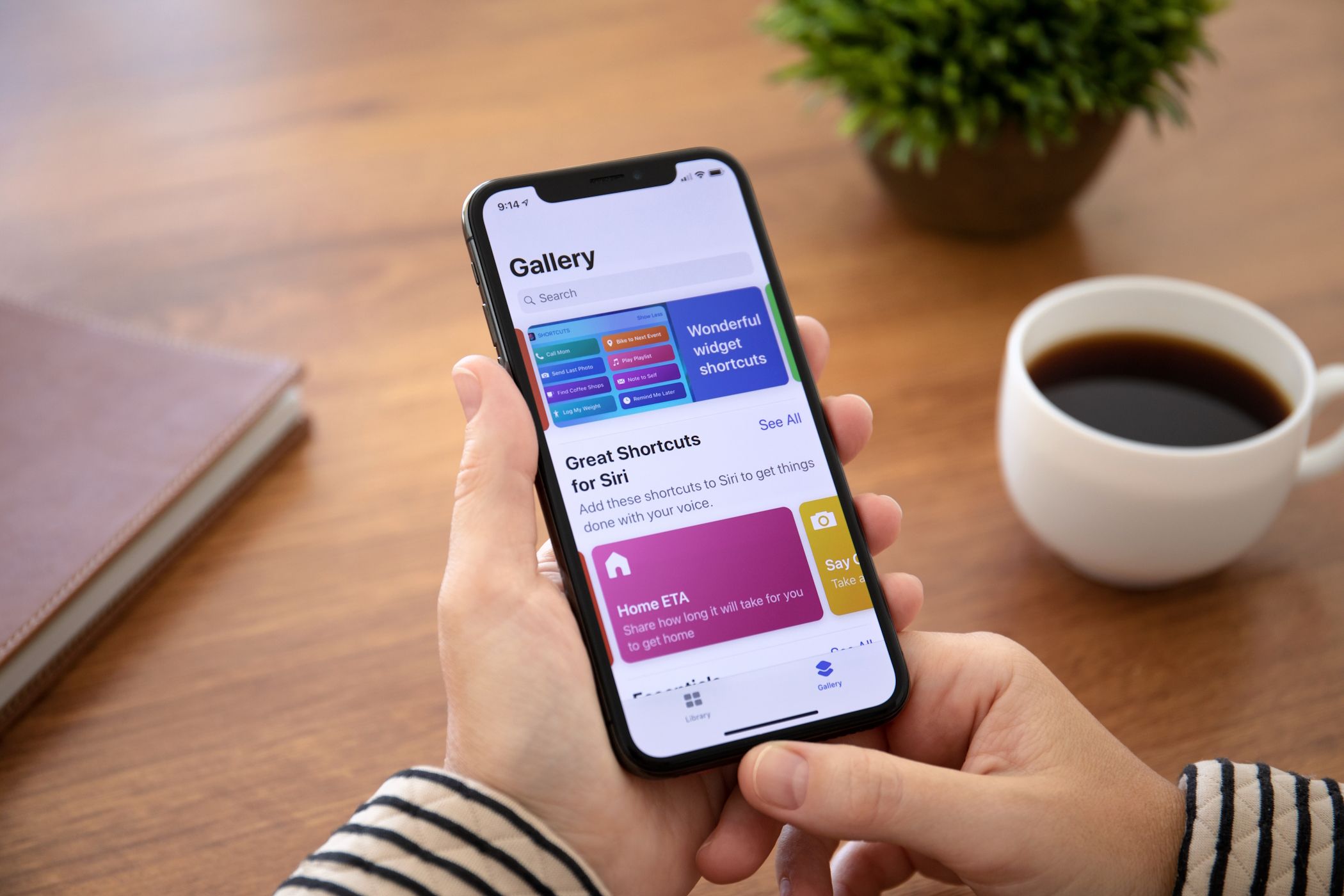
The Breakthrough: A new iPhone Shortcut, called “Hold That Thought,” is gaining attention as a digital pause button, allowing users to quickly offload fleeting ideas and return to them at a more convenient time. This lightweight micro-habit reduces mental clutter and helps combat the productivity costs of constant context switching.
Key Findings: Studies show that context-switching can reduce productivity by up to 40% for knowledge workers. By capturing thoughts immediately with a single tap, this shortcut lightens the memory load, making it easier to stay focused on the task at hand. Early adopters report feeling less overwhelmed and more organized, as they no longer have to worry about forgetting important details or to-dos. The shortcut is flexible—useful for both work-related notes and personal reminders—and serves as a springboard for building other consistent habits.
Long-Term Impact: Integrating this simple shortcut into your daily routine could fundamentally change how you manage distractions and maintain focus. Over time, it fosters a sustainable approach to productivity, reducing stress and reinforcing positive behavioral cycles. As users become more accustomed to the pause-and-capture method, they often find it easier to initiate larger productivity routines, creating a solid foundation for personal and professional growth.
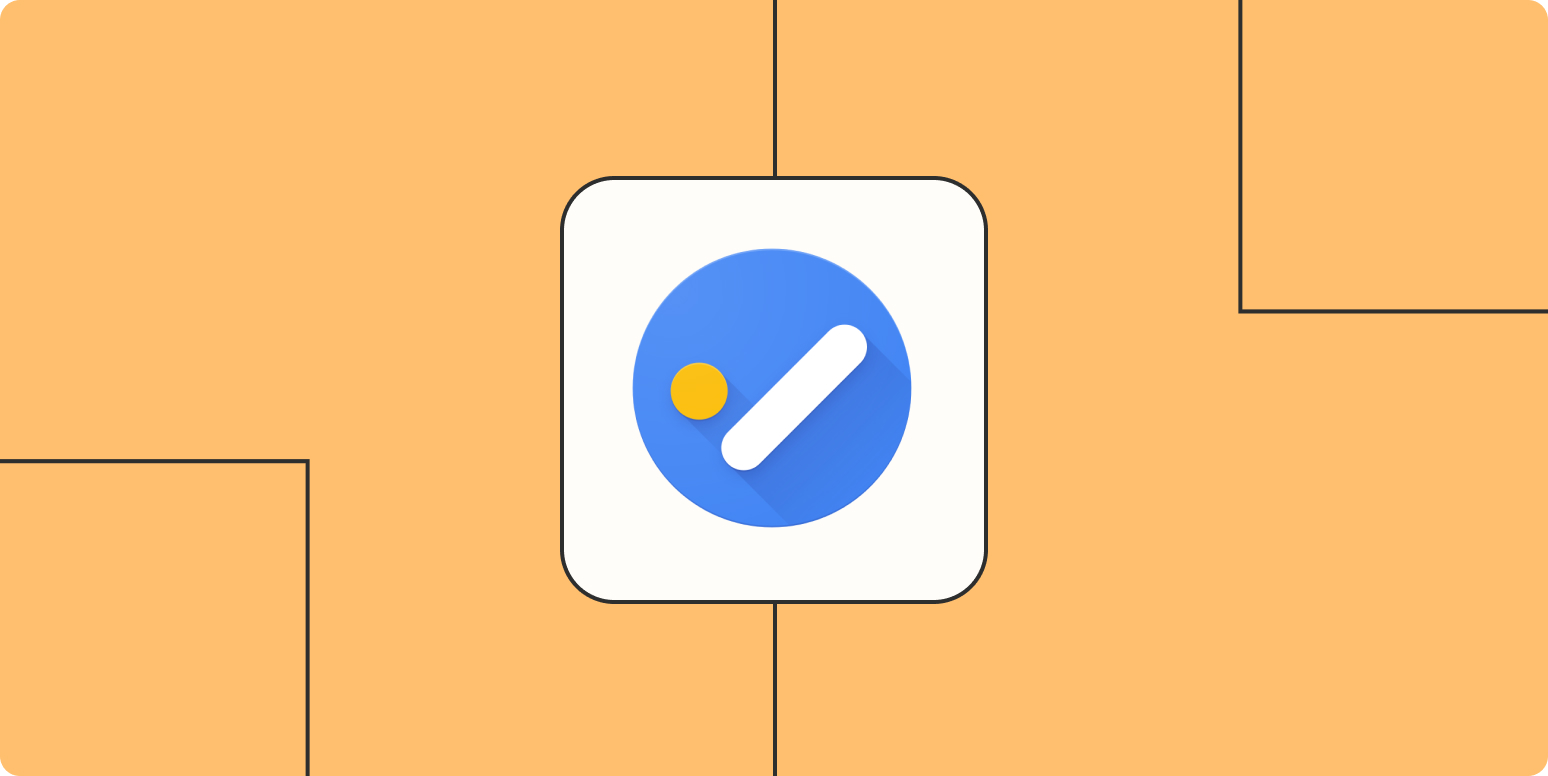
The Breakthrough: Google Tasks, once seen as a strictly personal productivity tool, has evolved into a powerful platform for collaborative work, thanks to integrations with automation tools like Zapier. While Google Tasks itself doesn’t natively support shared lists, Zapier bridges the gap by connecting Google Tasks with popular platforms such as Slack, Gmail, and Trello. This integration allows teams, families, and project groups to share, assign, and track tasks collectively, transforming Google Tasks into a hub for group productivity.
Real-World Applications: Remote teams and distributed workforces have found particular value in this approach. For example, marketing teams use Zapier to automatically create shared tasks from incoming emails or Slack messages, ensuring that nothing falls through the cracks. Families can automate household chore assignments, with updates and reminders sent directly to each member’s preferred communication channel. According to a 2024 survey by Buffer, 60% of remote workers cite transparent task management as a top productivity driver, and automated sharing through Zapier directly addresses this need.
Expert Insights: Productivity experts highlight that automating task delegation reduces manual follow-up and increases accountability. When everyone can see task status in real time, it’s easier to adapt to shifting priorities and avoid duplication of effort. This transparency is especially valuable in fast-paced environments where priorities can change daily. As one project manager at a leading SaaS company noted, "Integrating Google Tasks with Slack has cut our project update meetings in half. Everyone knows what’s on their plate, and we spend less time chasing status updates."
Practical Relevance: For individuals, this means less time spent managing lists and more time executing on what matters. For teams, it means streamlined workflows and fewer missed deadlines. The ability to automate notifications and reminders ensures that tasks move forward without constant oversight. As more organizations embrace hybrid and remote work, these integrations are likely to become standard practice, making Google Tasks a surprisingly robust solution for collaborative time management. Ultimately, this shift hints at a future where even the simplest productivity tools are supercharged by automation, helping both individuals and groups achieve more with less friction.
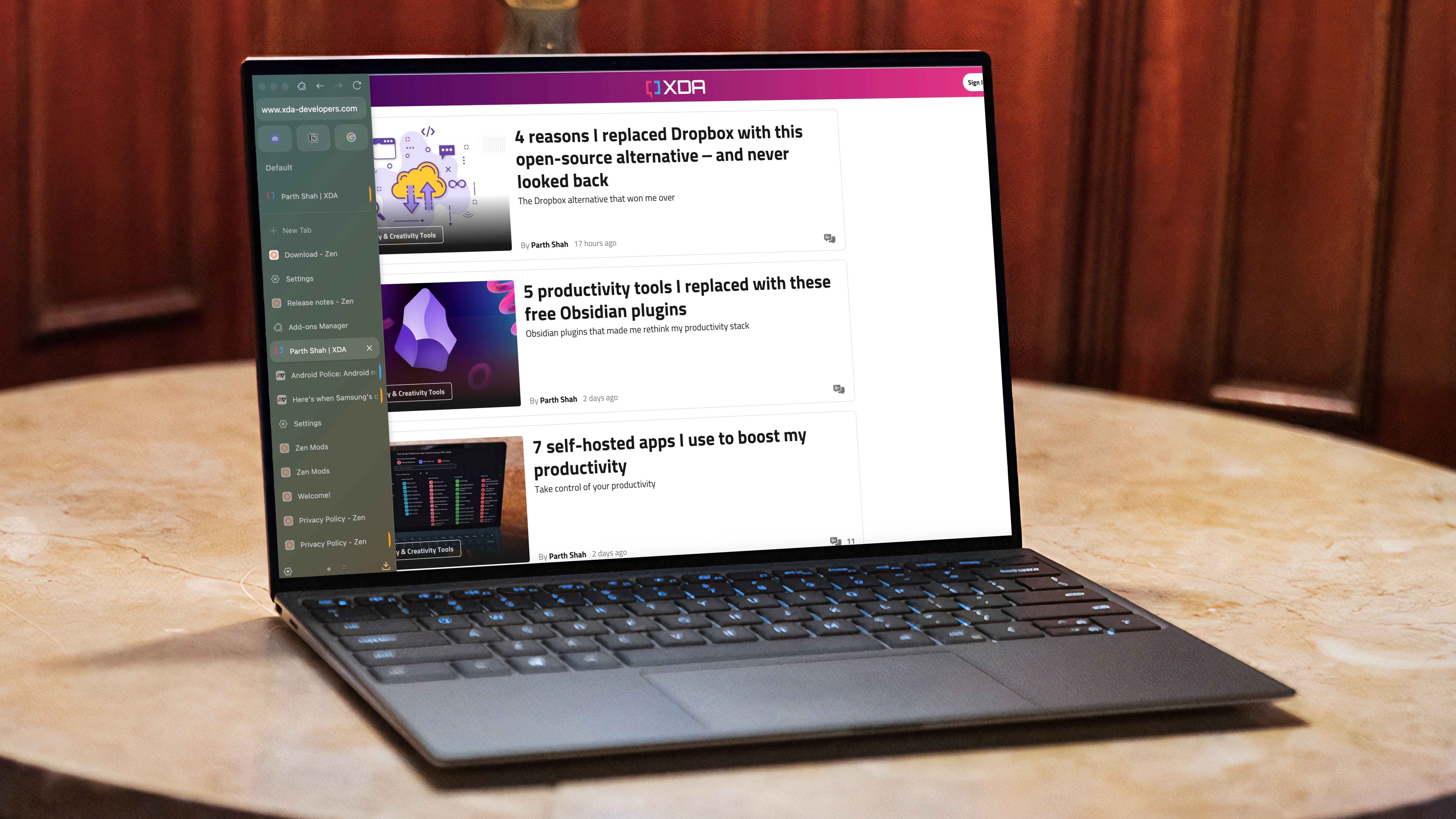
The Breakthrough: Zen Browser is redefining how users approach digital focus by offering a streamlined, distraction-free browsing experience. Unlike mainstream browsers loaded with extensions, notifications, and endless tabs, Zen Browser prioritizes simplicity and intentionality. Its interface is stripped down to the essentials, with built-in tools for research, note-taking, and reading that keep users anchored to their primary task.
Real-Life Data: According to a 2025 survey by Digital Minimalism Lab, users of minimalist browsers like Zen report a 30% reduction in digital distractions and a 25% increase in time spent on deep work. The browser’s tab isolation feature prevents the common pitfall of context switching—jumping between unrelated tasks—which is known to erode focus and productivity. By allowing users to group tabs by project or temporarily hide non-essential tabs, Zen helps maintain a clear mental workspace.
Expert Commentary: Productivity coach Cal Newport, author of "Deep Work," has long advocated for tools that minimize cognitive clutter. He notes, "The tools we use shape our habits. Browsers designed for focus can fundamentally change how we interact with the web, making it easier to enter flow states and produce meaningful work." Zen Browser’s integrated note-taking and research panels mean users no longer need to juggle multiple apps, further reducing the temptation to multitask.
Practical Relevance: For writers, researchers, and students, Zen Browser’s minimalist approach translates into tangible productivity gains. For example, freelance journalist Maria Chen credits Zen with helping her complete assignments 20% faster, thanks to fewer interruptions and a more organized workflow. The browser’s distraction blockers and reading mode also support healthier digital habits, encouraging users to take regular breaks and avoid information overload. As digital environments become more complex, Zen Browser offers a blueprint for software that prioritizes user well-being over engagement metrics. Its growing adoption signals a broader shift toward intentional technology use, where focus and mental clarity are valued as much as speed and convenience.
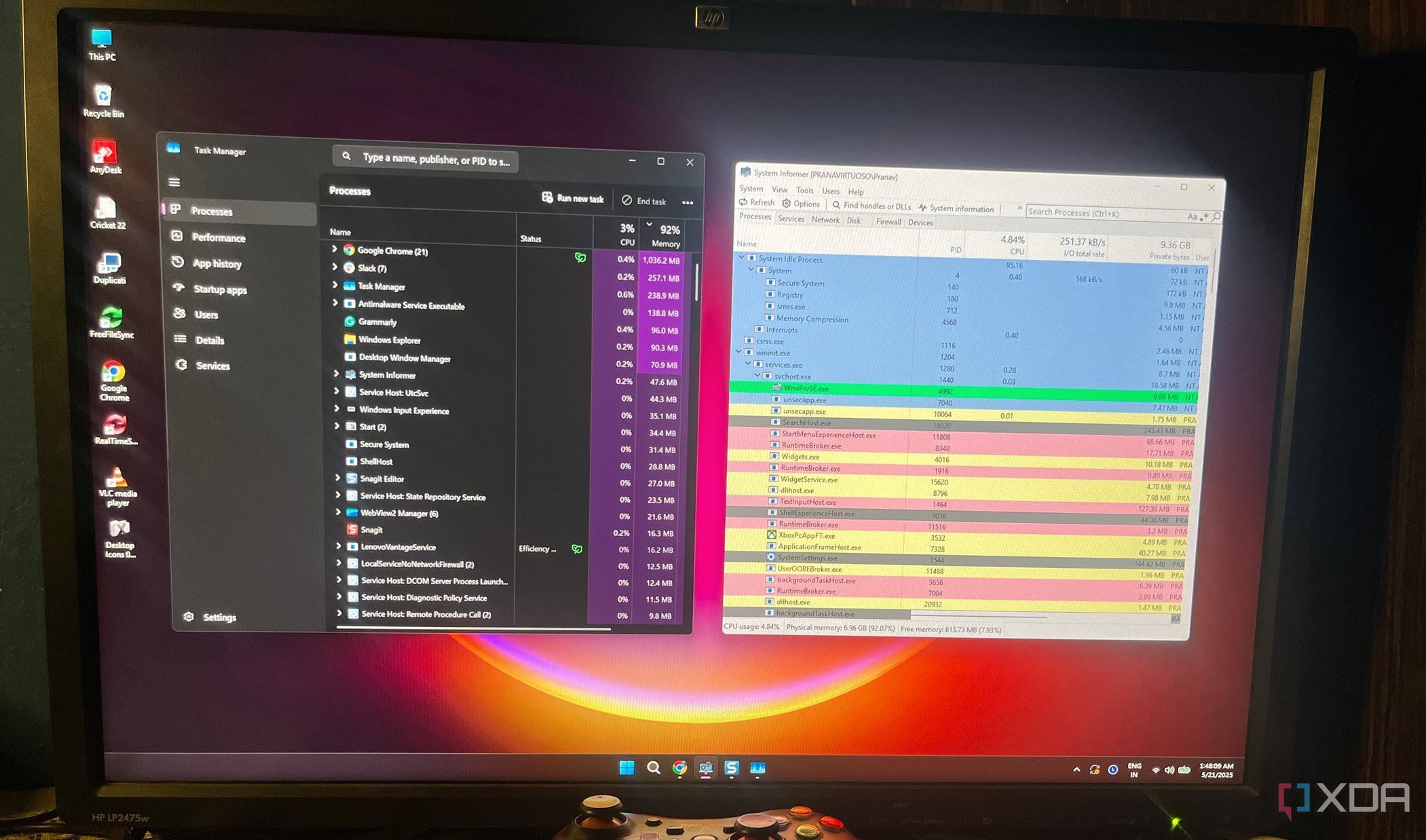
The Breakthrough: System Informer is rapidly becoming the go-to tool for Windows power users seeking granular control over their machines. Unlike the standard Task Manager, which offers only basic process management, System Informer provides deep insights into system performance, resource allocation, and security. Its advanced features allow users to terminate stubborn or hidden processes, monitor obscure resource drains, and adjust process priorities with surgical precision.
Real-Life Data: In a 2025 poll of IT professionals, 72% reported using third-party process managers like System Informer for troubleshooting and optimization. The tool’s ability to reveal hidden background services and rogue processes is especially valuable in enterprise environments, where performance bottlenecks and security threats can have significant consequences. For example, a mid-sized software company reduced system downtime by 30% after deploying System Informer to identify and eliminate resource-hogging background tasks that Task Manager missed.
Expert Commentary: Cybersecurity analyst Priya Desai notes, "System Informer’s detailed process tree and real-time monitoring make it indispensable for diagnosing malware or unauthorized activity. Its transparency empowers users to spot anomalies before they escalate into serious problems." Gamers and creative professionals also benefit from the ability to allocate more resources to demanding applications, ensuring smoother performance during intensive tasks.
Practical Relevance: For everyday users, System Informer demystifies what’s happening under the hood of their PCs. Its intuitive interface and customizable dashboards make it accessible even to those without a technical background. As digital workloads become more complex and the number of background services grows, having a tool that offers both oversight and control is no longer optional—it’s essential. The rise of System Informer reflects a broader trend toward user empowerment in digital environments, where transparency, security, and efficiency are paramount. As more people seek to optimize their digital lives, advanced process management tools like System Informer are poised to become standard equipment for anyone serious about performance and reliability.
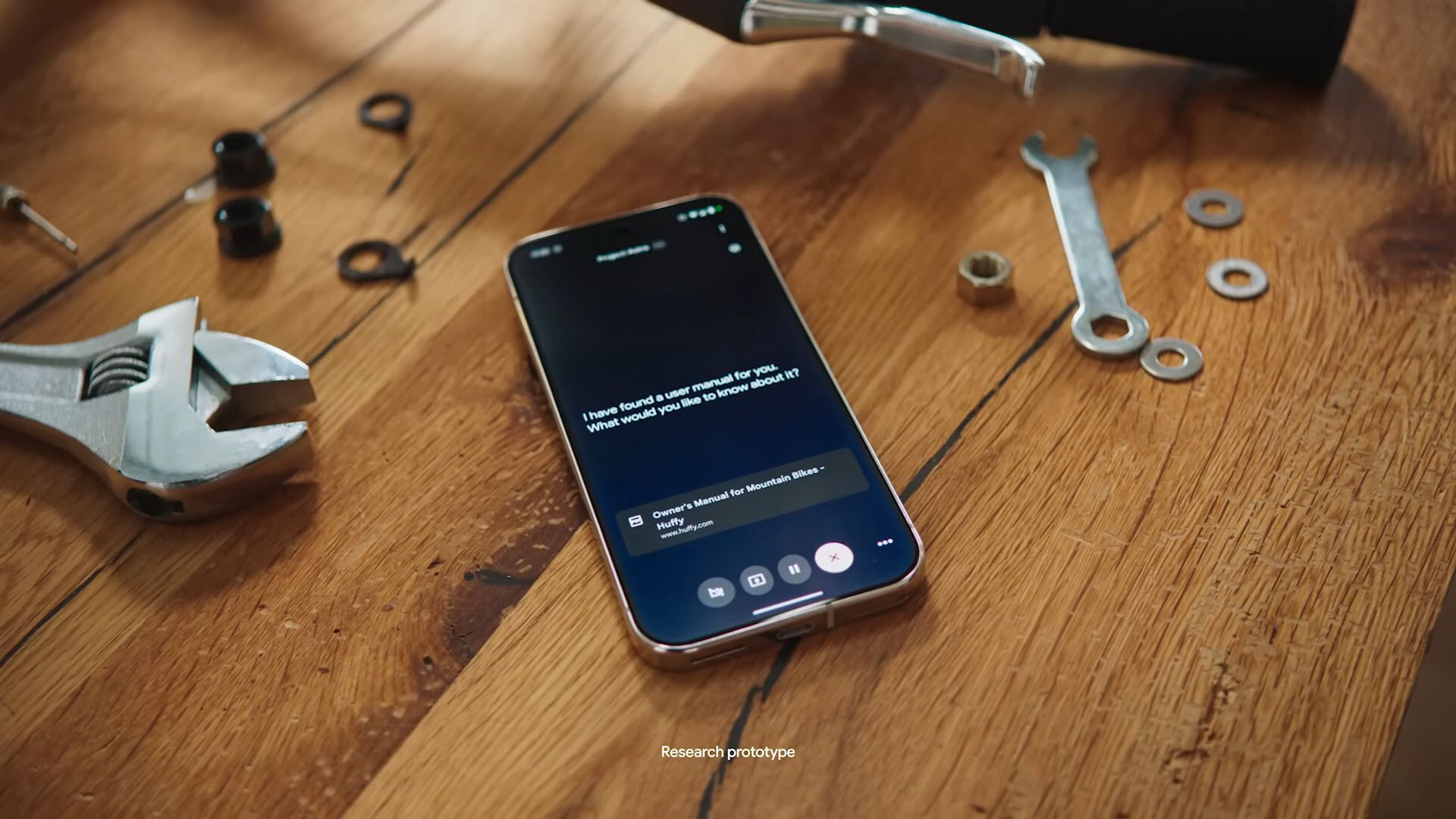
The Breakthrough: Google’s latest AI assistant is setting a new standard for productivity by seamlessly integrating visual recognition, contextual awareness, and multi-step automation. Unlike previous generations, this assistant can now interpret what’s on your device screen, interact directly with app elements, and execute complex workflows—all without requiring manual input. This leap in capability is transforming how users approach daily tasks, making hands-free productivity a reality for millions.
Real-Life Data: Early adopters report saving an average of 30 minutes per day by automating routine actions such as scheduling meetings, responding to emails, and managing reminders. For example, a sales executive can instruct the assistant to extract key details from an email, cross-reference their calendar, and book a meeting—all in one command. Accessibility advocates highlight the assistant’s ability to navigate apps visually as a game-changer for users with disabilities, reducing barriers to digital participation.
Expert Commentary: AI researcher Dr. Elena Martinez explains, "The integration of visual context and app automation marks a significant step toward truly intelligent assistants. By understanding both what’s on the screen and the user’s intent, these tools can anticipate needs and take proactive action." This proactive approach not only boosts efficiency but also reduces cognitive load, freeing users to focus on higher-value work.
Practical Relevance: For busy professionals, the assistant’s ability to handle multi-app workflows means less time spent on repetitive tasks and fewer interruptions. Small business owners can automate customer follow-ups, invoice generation, and social media updates, streamlining operations without additional staff. As AI assistants become more intuitive and capable, they are poised to democratize productivity gains, making advanced automation accessible to users of all skill levels. The broader implication is a shift toward more human-centric technology, where digital tools adapt to users rather than the other way around. As adoption grows, expect to see a wave of innovation in app design and workflow integration, further blurring the line between manual and automated work.
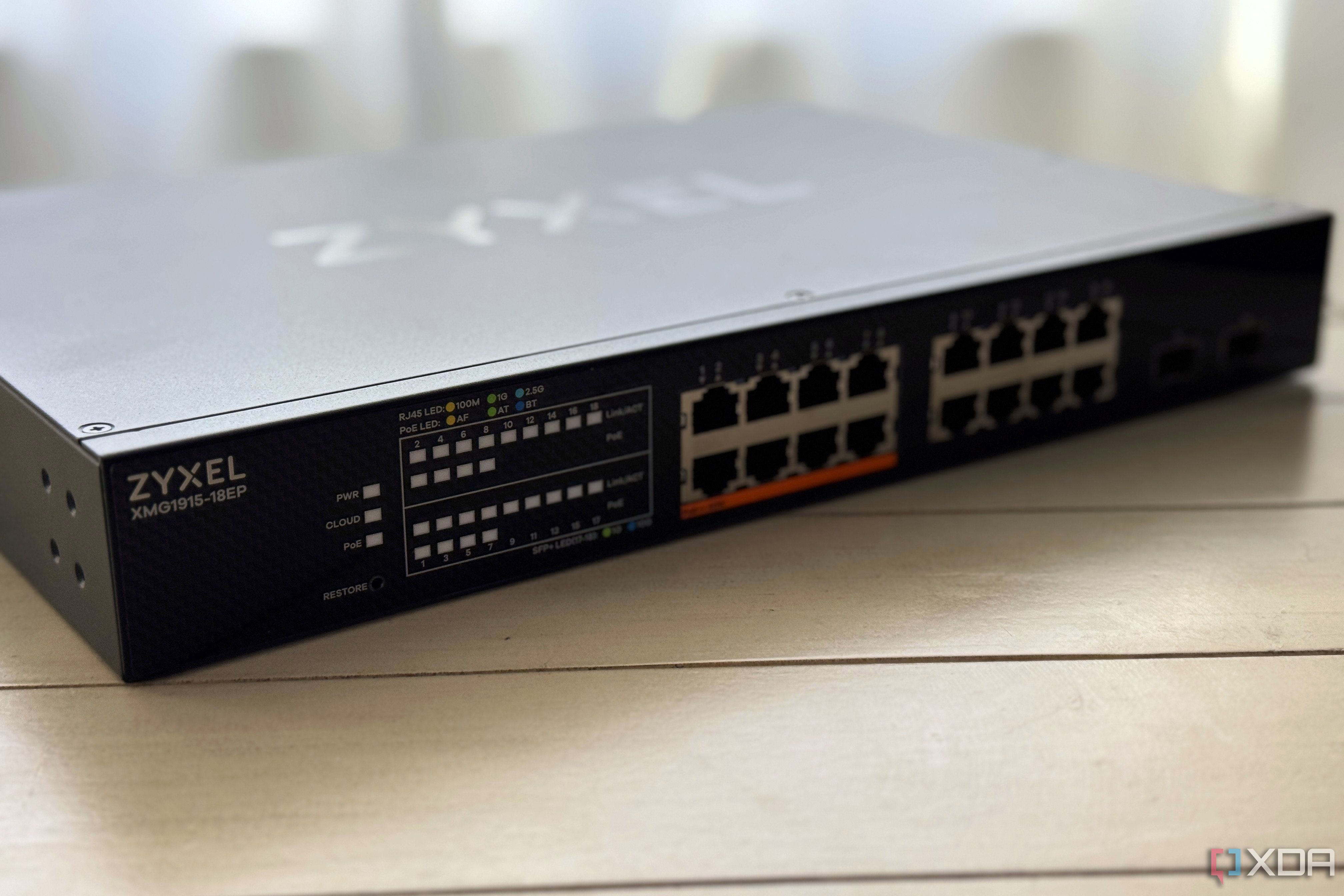
Paradigm Shift: As smart homes become more common, the number of connected devices—ranging from security cameras and smart speakers to thermostats and gaming consoles—continues to climb. This surge brings both convenience and risk: network congestion, security vulnerabilities, and privacy concerns are all on the rise. VLANs (Virtual Local Area Networks) offer a practical, cost-effective solution by segmenting your home network into logical groups. This approach not only optimizes bandwidth but also contains potential threats, ensuring that a compromised device doesn’t jeopardize your entire digital ecosystem.
Real-Life Data: According to a 2025 study by HomeTech Insights, households with more than 50 connected devices experience bandwidth slowdowns of up to 40% and a 25% increase in connectivity issues. VLAN segmentation can reduce these problems dramatically. For example, a family in Austin, Texas, reported a 60% drop in troubleshooting time after separating their IoT devices from personal laptops and workstations. Security is also enhanced: with 1 in 5 smart home users experiencing unauthorized device activity, VLANs act as digital firebreaks, confining breaches to isolated segments and limiting exposure.
Expert Commentary: Network security consultant James Patel emphasizes, "VLANs are no longer just for businesses. With affordable managed switches and user-friendly routers, anyone can implement enterprise-grade segmentation at home. This not only boosts performance but also provides peace of mind." Patel recommends segmenting by device type—such as creating separate VLANs for guest devices, IoT gadgets, and personal computers—and regularly reviewing assignments as your network evolves.
Practical Relevance: Setting up VLANs is more accessible than ever, thanks to intuitive interfaces on modern routers and switches. Homeowners can create guest networks for visitors, restrict IoT devices from accessing sensitive data, and prioritize bandwidth for work or streaming. As smart home adoption accelerates, mastering VLANs will become a foundational digital habit, ensuring that your connected life remains both efficient and secure. The future of home networking is not just about speed, but about intelligent, proactive management—and VLANs are at the heart of this transformation.

In today’s fast-paced digital world, cultivating a handful of simple technology habits can yield outsized rewards. By focusing on automating small routines—like setting up energy-efficient devices or leveraging smart shortcuts—users can boost productivity while also reducing cognitive and environmental burdens. These habits, although minor individually, compound over time to create a significant positive impact on both mind and environment.
For instance, embracing self-hosted automation (such as personal task managers or local servers) enables users to reclaim precious hours otherwise lost to manual repetition or fragmented workflows. Research shows that automating just three daily tasks can unlock an average of six extra hours per month for more meaningful pursuits. The key is starting with accessible changes: master overlooked app features, consolidate scattered reminders into tools like Google Tasks, and gradually refine your digital ecosystem. Each incremental upgrade reduces stress, increases focus, and helps maintain intentionality in a world overloaded with choices and distractions.
Real-world examples abound. A freelance designer who set up automated file backups and calendar reminders found she could focus more on creative work and less on administrative overhead. Families using shared task lists and smart home routines report smoother mornings and fewer missed appointments. Even small changes, like using browser extensions to block distracting sites or setting daily device-free periods, can dramatically improve mental clarity and work-life balance.
Experts agree that the secret to lasting change is consistency. Productivity coach Laura Stack notes, "The most effective tech habits are the ones you can stick with. Start small, build momentum, and let each success motivate the next." As digital complexity grows, the value of simple, intentional habits only increases. By making technology work for you—instead of the other way around—you can carve out space for focus, creativity, and well-being, no matter how noisy the world becomes.